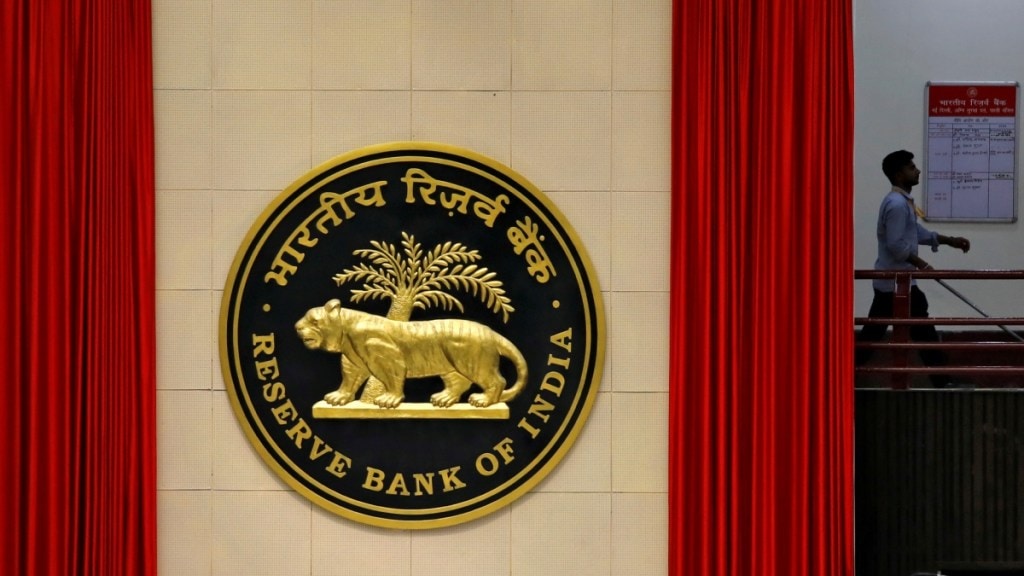– By HDFC Asset Management Company Limited (HDFC AMC)
On November 16, 2023, RBI notified banks to increase the capital buffers for lending to certain forms of unsecured consumer credits, including via credit cards and NBFCs. This comes in light of the high growth seen across consumer lending in the system, along with some concerns being highlighted on higher delinquencies in smaller ticket sized loans. This move by the RBI improves capital buffers and puts caution in action, which bodes well for the asset quality cycle in the medium term, and ensures credit growth is met with higher risk awareness and financial stability.
Banks are required to maintain certain capital buffers against the assets that they own and loans they advance. The idea is to ensure that banks have the ability to withstand asset value reduction (on account of loans turning bad, etc.) due to financial and economic stress, protect depositor’s money and prevent the cascading effect of bank failures.
As per the latest capital adequacy norms, termed as the Basel III Capital Regulations, banks are required to keep a minimum capital of ~11.5% of Risk Weighted Assets. To account for different risks that different assets have, different ‘Risk Weights’ are assigned. For example, sovereign papers / lending to the central government carry a zero percent risk weight, lending to commercial real estate has a 100% risk weight, and risk weight to NPAs where current provision is less than 20%, is 150%. This means that while banks need no# buffer for sovereign assets, they need higher buffers for different kinds of lending
On November 16, 2023, RBI notified increased risk weights to certain categories of lending. Unsecured consumer credit exposure saw its risk weight change from 100% to 125% for scheduled commercial banks (SCBs) and Non-Banking Finance Companies (NBFCs). Credit card receivables too, saw an increase of 25 percentage points in risk weight for both SCBs and NBFCs. Further, Bank credit to NBFCs also saw certain increases in risk weights
The Banking sector in India has seen a recovery from the corporate asset quality issues seen in the past decade, and balance sheets both in the banking sector and the corporate sector today stand strong and resilient. Continuous deleveraging and higher profitability have contributed to this. With improving capital spend outlook in the private sector, credit growth has seen a comeback. Personal loans too, have seen a high growth on account of changing consumer behaviors, easier access to credit, among other reasons. This move by RBI could have some impact on credit growth in the retail sector. However, with overall capital adequacy high, the immediate balance sheet impact is not very heavy at a sector level, while some players could need to increase capital buffers / raise capital for further growth. While the outlook for credit growth remains strong, banking sector valuations are below average. This move by the RBI bodes well from a medium term perspective for asset quality and financial stability. RBI’s continuous monitoring of the financial system and proactive actions to protect financial stability further improve the outlook for macroeconomic stability for the economy as a whole.
(The article is authored by HDFC Asset Management Company Limited.)
(Disclaimer: Views expressed are personal and do not reflect the official position or policy of Financial Express Online. Reproducing this content without permission is prohibited.)

